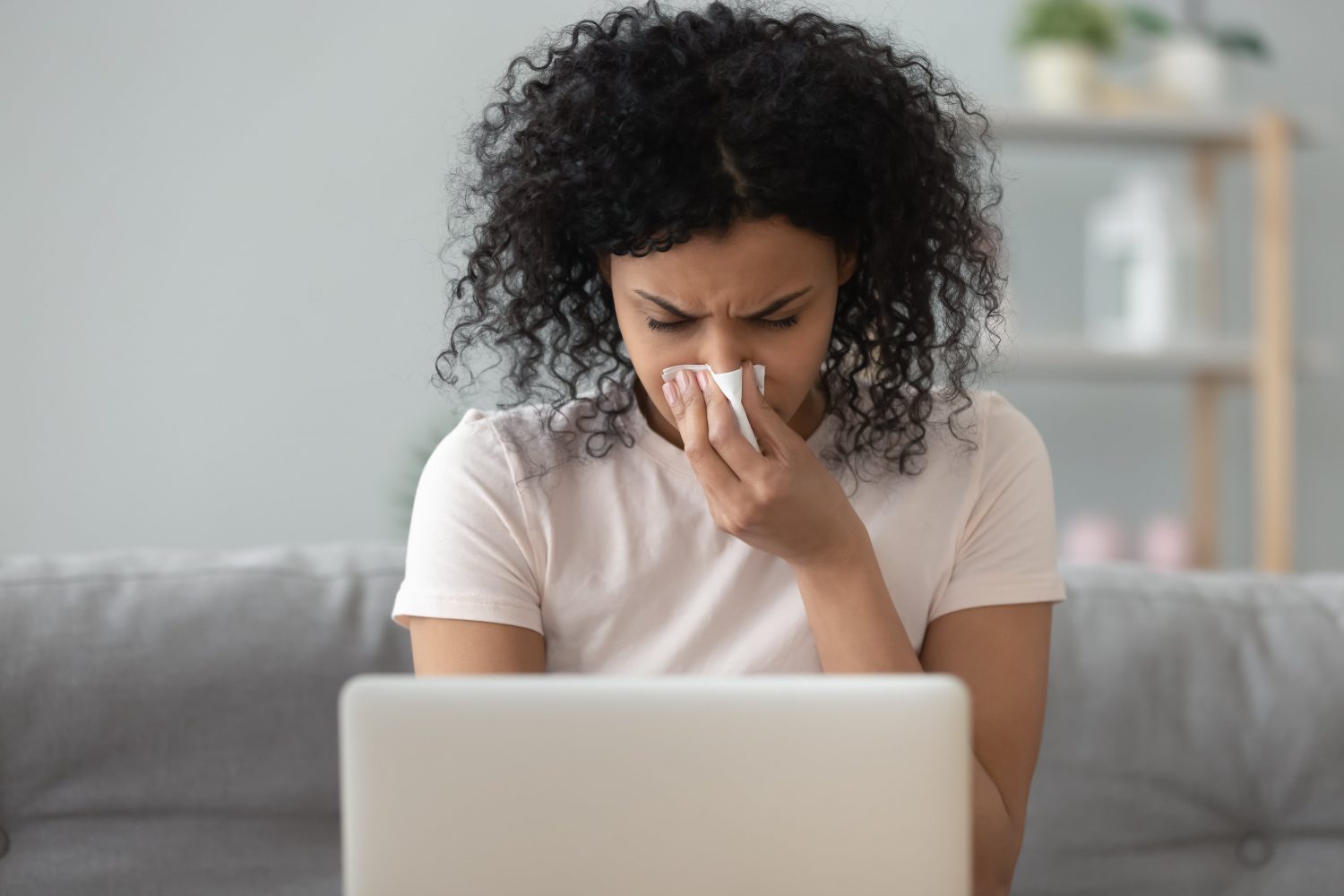With spring around the corner, many individuals have allergies on their minds. More than 50 million Americans suffer from allergies every year and suffer is the right description here. Allergies can cause sneezing, watering eyes, a plugged nose, a tight chest, and more. However, most people are unaware that there are preventative measures you can take to prepare for upcoming spring allergies. Keep reading for our top six tips.
1) Start Spring Cleaning Early
Spring allergies can start as early as March, when flowers begin to bloom, and last until May. The changing seasons cause an increase in mold, pollen, and dust in many environments. Start cleaning your home early before mold and pollen can collect in the house. Focus on cleaning items where allergens tend to gather, such as bedding, furniture, and carpeting. Additionally, try to vacuum all your floors, furniture and rugs every few days.
When you finish cleaning, change your clothes, and take a quick shower.
2) Mold-Proof Your Home
While many people blame pollen entirely for their allergies, mold can play a role too. Individuals with mold allergies have a reaction every time they breathe in mold spores. Symptoms of mold allergies are the same as pollen allergies, including itchy eyes, coughing, and more.
Any area that isn’t entirely dry is susceptible to growing mold. The most common places in the home for mold growth are the basement, bathroom, and kitchen. Clean any area that can grow mold with water and detergent. Make sure you repair any leaks in the home as quickly as possible. Lastly, keep an eye out on the humidity levels in your home. If humidity is above 50%, it’s the perfect environment to encourage mold growth.
An additional tip is to clean your doormat and underneath your sink, both of which can often be damp.
3) Change Your Air Filters in Your Home
If you have allergies, you probably own an air filter. It’s best to change the filter every three months to keep the air in your home fresh. Additionally, make sure you’re using a high-efficiency grade filter for optimal filtration.
4) Check and Replace Your Cabin Air Filter in Your Car
While people take the time to protect their homes, sometimes they forget about their car. But, you likely spend at least an hour or two per day in your vehicle. Make sure you check the cabin air filter in your area before the spring season and change it out if necessary.
Additionally, while it may be tempting to roll down the windows for fresh air, keep them closed. Closed windows help to keep pollen out of the car.
5) Begin Tracking Allergen Levels
If pollen is what triggers your allergies, it can be a good idea to track pollen levels. There are plenty of apps and websites that advise local pollen counts for your area. If you know pollen is going to be extremely high on a particular day, you can try to plan around it. On really high pollen days, try to stay inside during peak pollen hours (midmorning and early evening). In particular, pollen counts tend to be very high between 5 a.m. and 10 a.m.
6) Start Medications Early
If you know approximately the time you typically start feeling allergy symptoms, try to start treatment early. Take over-the-counter medications, such as nasal sprays and antihistamines, about two weeks before your usual symptoms start. Taking medications early can pretreat symptoms by preventing or reducing inflammation and easing a stuffy nose.
If you’ve started any new medications this year, make sure you consult with a doctor before taking allergy medication.
With these preventative measures, your allergy season just might be more manageable!
